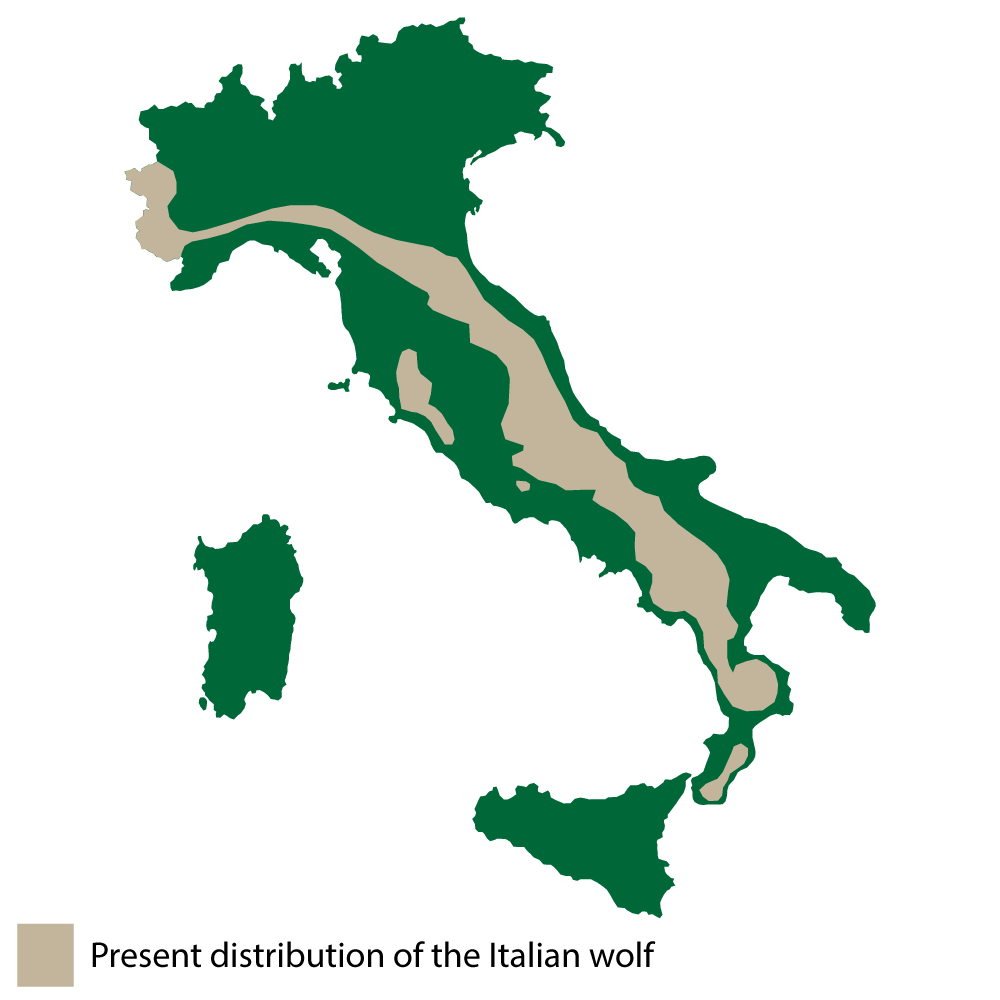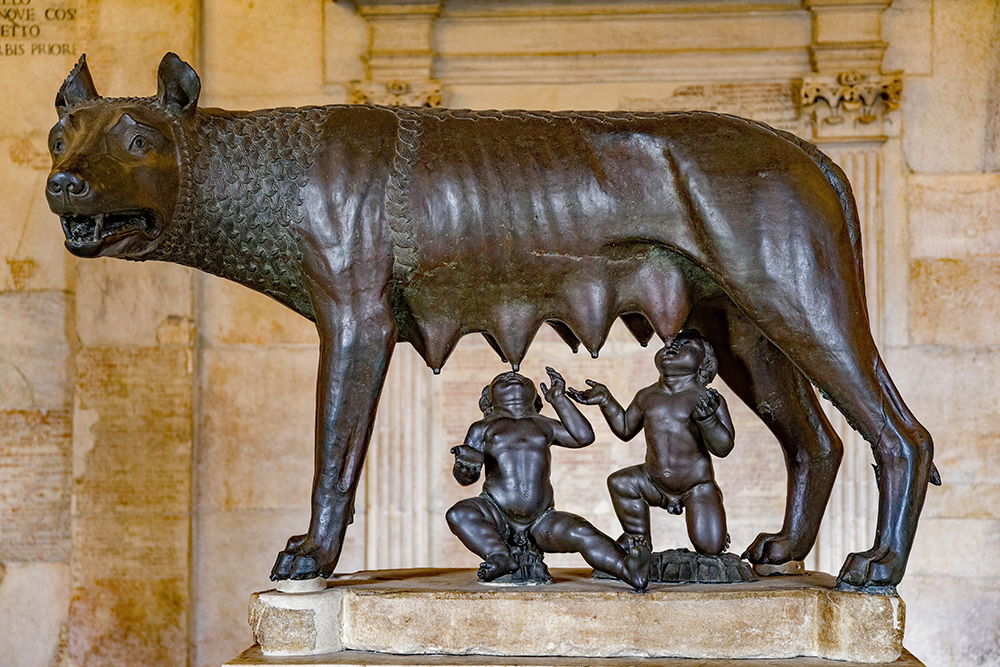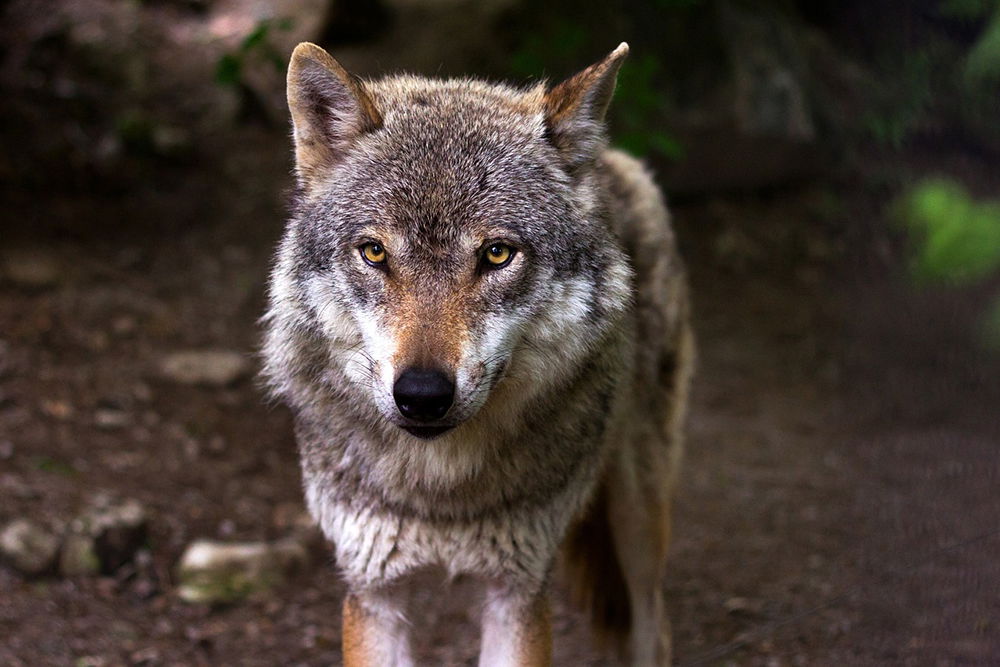
Nestled within Italy's picturesque regions is a charismatic predator that holds a special place in Italian natural history—the Italian wolf (Canis lupus italicus). This article delves into the world of the Italian wolf, exploring its history, behavior, and conservation efforts to protect this iconic species.
The Italian wolf, scientifically known as Canis lupus italicus, is a subspecies of the gray wolf (Canis lupus). Endemic to Italy, it has adapted to the diverse landscapes of the country, from the rugged Apennine Mountains to the fertile plains of Tuscany. The Italian wolf is a keystone species, playing a crucial role in maintaining the ecological balance of its habitats.

The Italian wolf has deep historical roots in Italy. It has been intertwined with the nation's culture, folklore, and mythology for centuries. In Roman mythology, for example, the wolf was revered and believed to have nursed the founders of Rome, Romulus and Remus. The wolf has also featured prominently in Italian art, literature, and legends, symbolizing both a sense of fear and reverence.

Italian wolves share physical traits with other gray wolf subspecies, including a slender, agile body, a bushy tail, and a dense coat of fur that can vary in color from gray to brown. They are known for their keen senses, including exceptional hearing and a highly developed sense of smell. On average, Italian wolves weigh between 60 to 90 pounds and stand about 26 to 32 inches tall at the shoulder.
Italian wolves are primarily carnivorous predators. They have a diverse diet that includes ungulates like roe deer, red deer, and wild boar, as well as smaller mammals, birds, and occasionally, vegetation. These apex predators are known for their cooperative hunting strategies, relying on pack dynamics to take down larger prey.
Wolf packs typically consist of a dominant breeding pair, known as the alpha male and female, and their offspring. The pack structure plays a crucial role in hunting, as wolves work together to pursue, ambush, and capture their prey. Their complex vocalizations, including howls and barks, serve as important forms of communication within the pack and territory defense.
Italian wolves are adaptable creatures, capable of thriving in various ecosystems. They are most commonly found in mountainous and forested areas, including the Apennine Mountains, the Italian Alps, and the Abruzzo region. These environments provide ample cover for hunting and protection.
The conservation status of the Italian wolf has been a topic of concern due to historical persecution, habitat loss, and fragmentation. In the 1970s, their population reached a critical low point, leading to efforts to protect and restore their numbers.
The Italian wolf received legal protection in 1971 when Italy signed the Berne Convention on the Conservation of European Wildlife and Natural Habitats. This step marked the beginning of formal conservation efforts to safeguard the species.
Conservationists have been working to restore and protect wolf habitats, focusing on preserving large, contiguous areas of wilderness that provide wolves with ample prey and safe territories.
Anti-poaching initiatives have been put in place to combat illegal hunting and the capture of wolves. Such efforts aim to ensure that these magnificent animals can thrive without the constant threat of human interference.
Educating the public about the importance of Italian wolves in maintaining ecosystem health and biodiversity has been a critical component of conservation efforts. It fosters a sense of responsibility and encourages support for protecting these apex predators.
Balancing the presence of wolves and the needs of human communities can be challenging. Conflicts often arise over predation on livestock, which can lead to retaliatory killings. Conservationists and policymakers work to implement non-lethal strategies such as livestock guardian dogs and compensation programs to reduce these conflicts and promote coexistence.
The Italian wolf's cultural significance extends beyond its place in history and mythology. It has captured the imagination of artists, writers, and filmmakers worldwide. From literature to movies, the Italian wolf has been depicted as a symbol of mystery, power, and untamed beauty.

The future of the Italian wolf remains uncertain, but there is hope. Thanks to conservation efforts and increased public awareness, the population has been slowly recovering. Protecting this apex predator not only ensures the health of Italy's ecosystems but also preserves a vital piece of the nation's heritage.
The Italian wolf, with its rich history, physical prowess, and integral role in Italy's ecosystems, stands as a symbol of resilience and adaptability. This magnificent predator has weathered centuries of challenges and continues to be a source of fascination and pride for the Italian people. Through conservation efforts and a renewed sense of appreciation, the Italian wolf's place in Italy's wilderness and culture can be secured for generations to come.

More Details